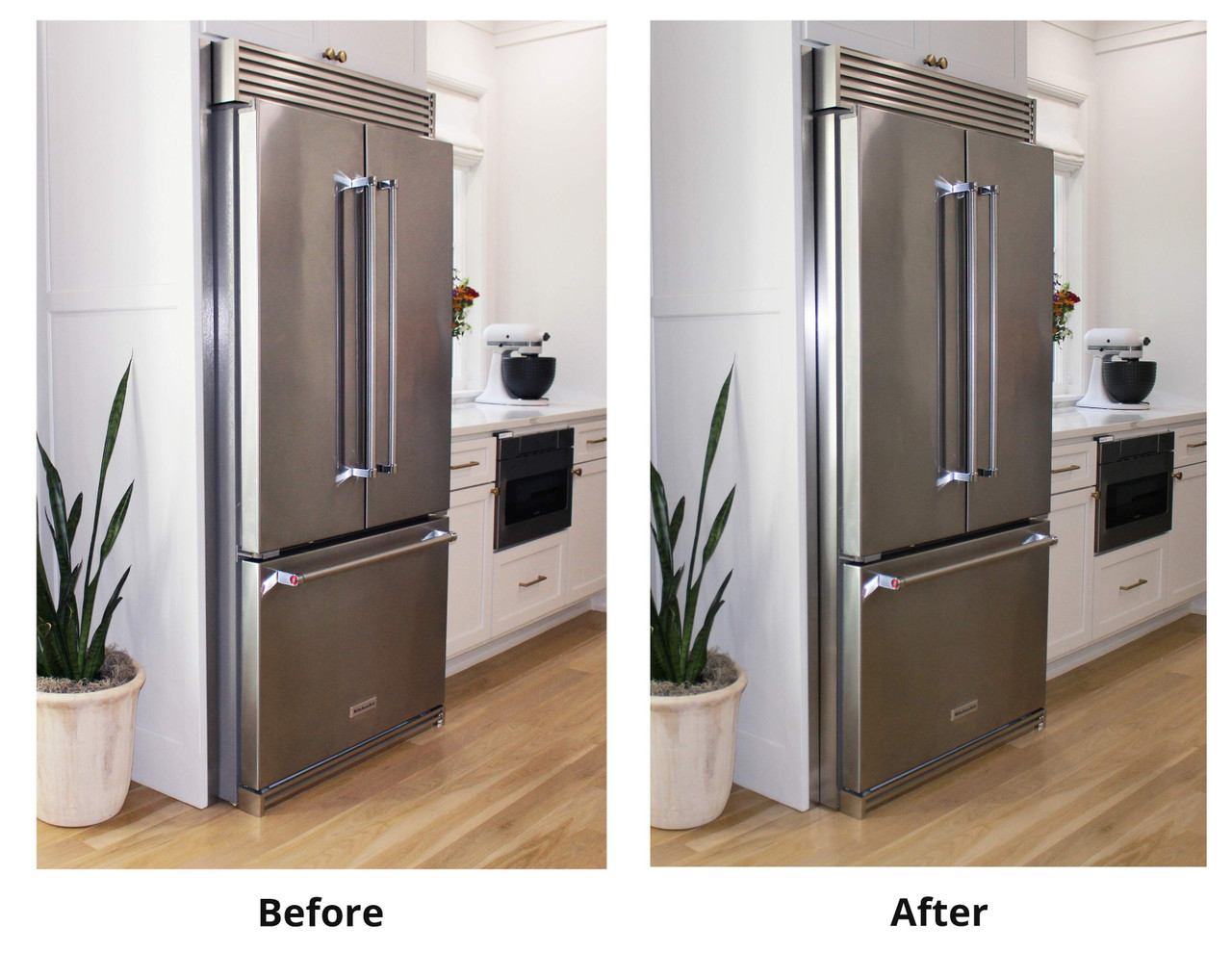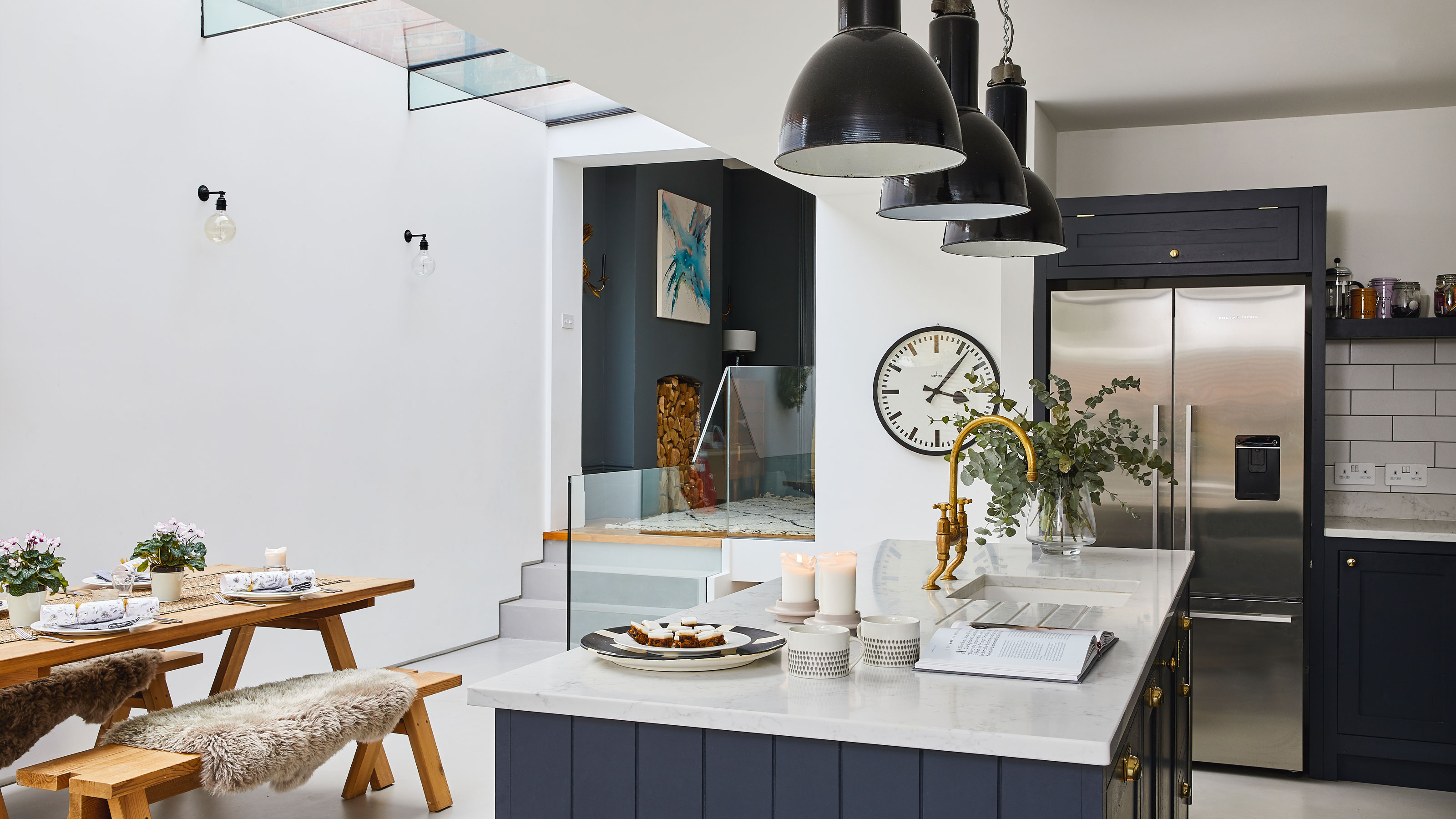History and Evolution of Vintage Ice Box Cabinets

The humble ice box cabinet, a precursor to the modern refrigerator, played a vital role in preserving food before the advent of mechanical refrigeration. These cabinets, often crafted from wood and insulated with materials like cork or sawdust, relied on the slow melting of ice to keep food cool.
Early Origins and Development
The concept of using ice for food preservation dates back centuries, with evidence suggesting its use in ancient civilizations like Egypt and China. However, the development of dedicated ice boxes as we know them emerged in the 19th century. Early ice boxes were often simple wooden boxes with a compartment for ice at the top, and a lower compartment for storing food. These early models were primarily used by wealthier households, as access to ice was limited and expensive.
Key Design Features and Materials
As ice boxes gained popularity, their design and materials evolved.
- Insulation: Early ice boxes used materials like cork, sawdust, and even straw for insulation. Later models incorporated more effective materials like mineral wool and fiberglass.
- Construction: Early ice boxes were often made of wood, with metal accents for durability. Later models incorporated metal components, including metal lining for the food compartment.
- Features: Ice boxes evolved to include features like drain trays for melting ice, shelves for organizing food, and even ice trays for making ice cubes.
Notable Manufacturers and Contributions
Several companies played a significant role in the evolution of ice box cabinets.
- General Electric (GE): GE entered the refrigeration market in the early 20th century, initially producing ice boxes. They later transitioned to mechanical refrigerators, becoming a major player in the industry.
- Frigidaire: Founded in 1916, Frigidaire initially manufactured electric refrigerators but also produced ice boxes. Their focus on innovation and design helped popularize the use of ice boxes in homes.
- Kelvinator: Kelvinator was another prominent manufacturer of ice boxes and later refrigerators. Their contributions included advancements in insulation and design features.
Use in Households and Businesses
Ice boxes became a staple in households during the early to mid-20th century. They were essential for preserving food, especially in the absence of widespread electricity. Businesses like grocery stores and restaurants also relied on ice boxes for keeping food fresh.
The Transition to Mechanical Refrigeration
The development of mechanical refrigeration in the early 20th century gradually replaced the use of ice boxes. Electric refrigerators offered greater convenience and efficiency, leading to a decline in the popularity of ice boxes. However, vintage ice box cabinets remain a reminder of a bygone era and a testament to the ingenuity of early refrigeration technology.
Design and Functionality of Vintage Ice Box Cabinets

Vintage ice box cabinets, while seemingly simple in design, were marvels of engineering for their time. Their effectiveness in keeping food fresh without the use of electricity showcases the ingenuity of their creators. Understanding the structural components and functionalities of these cabinets offers a glimpse into the past and appreciation for the technology that preceded modern refrigeration.
Structural Components of Vintage Ice Box Cabinets
The structural components of a vintage ice box cabinet were designed to maximize insulation and maintain a cool temperature. The primary components include:
- Insulation: Vintage ice boxes relied heavily on insulation to keep the cold air inside and the warm air outside. Common insulation materials included:
- Sawdust: A readily available and effective material, sawdust filled the spaces between the inner and outer walls of the cabinet. Its ability to trap air made it an excellent insulator.
- Cork: Cork, known for its natural insulating properties, was often used in higher-end ice box models. Its ability to resist moisture and heat transfer made it an ideal choice.
- Mineral Wool: This fibrous material, often used in modern insulation, was also found in some vintage ice box cabinets. Its ability to trap air and resist heat transfer made it a reliable insulator.
- Cooling System: The core of an ice box’s functionality was the ice chamber. This compartment, usually located at the top of the cabinet, held the ice blocks.
- Ice Chamber: The ice chamber was typically lined with metal, often tin, to prevent water from dripping onto the food.
- Drain: A drain at the bottom of the ice chamber allowed for the melting ice water to be collected and disposed of.
- Air Circulation: Cold air from the ice chamber would naturally circulate throughout the cabinet, keeping the food cool.
- Storage Compartments: Vintage ice boxes featured various compartments to store different types of food.
- Main Compartment: This large compartment, often with shelves, was designed for storing larger items like meats, vegetables, and dairy products.
- Butter Compartment: A smaller compartment, often located near the top of the cabinet, was designed to store butter and other dairy products, keeping them cool and fresh.
- Egg Compartment: A specialized compartment, often designed to hold a specific number of eggs, kept them cool and upright, minimizing breakage.
Types of Vintage Ice Box Cabinets
Vintage ice box cabinets came in a variety of styles and sizes to suit different needs and spaces.
- Freestanding Models: These were the most common type, offering flexibility in placement and easy access. They were often made of wood and featured ornate details, adding to the charm of the kitchen.
- Built-in Units: Some ice boxes were designed to be built into kitchen cabinets, maximizing space and creating a more integrated look. These units were often found in larger homes.
- Specialty Cabinets: Specialized ice boxes were designed for specific purposes, such as:
- Butcher Block Ice Boxes: These larger units were used by butchers to store meat and other perishable items.
- Ice Cream Cabinets: Smaller units, often with a dedicated ice cream compartment, were designed for storing and serving ice cream.
Functionality of Features
Vintage ice box cabinets, while lacking the advanced features of modern refrigerators, offered a range of functionalities that made them efficient for their time.
- Ice Trays: Ice trays were typically made of metal and were used to freeze water into ice cubes. These cubes were then used to replenish the ice chamber.
- Water Dispensers: Some ice boxes featured a water dispenser, often located at the bottom of the ice chamber. This allowed for the collection of melted ice water for drinking or other uses.
- Temperature Control: The temperature control mechanism in vintage ice boxes was primarily based on the amount of ice used and the frequency of ice replenishment.
- Ice Replenishment: Regularly replenishing the ice chamber ensured that the food remained cool and fresh.
- Insulation: The effectiveness of the insulation played a significant role in maintaining a cool temperature within the cabinet.
Cultural Significance and Modern Appeal of Vintage Ice Box Cabinets

Vintage ice box cabinets, once ubiquitous in homes, now hold a special place in our collective memory, representing a bygone era of simpler living and resourceful household practices. Their presence in kitchens evoked a sense of community and shared experience, as families gathered around them to prepare meals and enjoy moments together. These cabinets were more than just appliances; they were symbols of domesticity, reflecting the values and traditions of a time when resourcefulness and self-sufficiency were highly valued.
The Resurgence of Interest in Vintage Ice Box Cabinets
The appeal of vintage ice box cabinets extends beyond their historical significance. In recent years, there has been a growing interest in these charming relics, with collectors and enthusiasts seeking to incorporate them into their modern homes. This renewed appreciation stems from a desire to connect with the past, to embrace the timeless beauty and craftsmanship of vintage objects, and to create unique and personalized spaces.
Aesthetic and Practical Qualities that Contribute to the Modern Appeal of Vintage Ice Box Cabinets
The enduring appeal of vintage ice box cabinets can be attributed to a combination of aesthetic and practical qualities. Their classic designs, often featuring intricate details and elegant finishes, add a touch of vintage charm to any kitchen. The sturdy construction and durable materials, such as wood and porcelain, ensure their longevity and ability to withstand the test of time.
Examples of Vintage Ice Box Cabinets and Their Unique Features
The following table showcases a few examples of vintage ice box cabinets and their unique features, highlighting their cultural and historical context:
| Model | Manufacturer | Year | Features | Cultural Context |
|---|---|---|---|---|
| Leonard “The Coldspot” | Leonard Refrigerator Company | 1930s | Porcelain exterior, rounded corners, chrome accents, ice trays, bottle racks | The “Coldspot” was a popular choice in the 1930s, representing the era’s embrace of modern design and technological advancements. |
| General Electric “Monitor Top” | General Electric | 1940s | White enamel exterior, “Monitor Top” design with a flat top, chrome hardware, adjustable shelves | The “Monitor Top” design was a hallmark of the 1940s, reflecting the postwar boom and the rise of consumerism. |
| Frigidaire “Imperial” | Frigidaire | 1950s | Stainless steel exterior, sleek lines, built-in ice maker, large storage capacity | The “Imperial” model represented the elegance and sophistication of the 1950s, a time of economic prosperity and technological innovation. |
The vintage ice box cabinet, a relic of a bygone era, embodies the enduring charm of handcrafted furniture. Its sturdy construction and timeless design evoke a sense of nostalgia, reminiscent of a time when quality and craftsmanship were paramount.
While the ice box itself may be a thing of the past, the principle of sturdy storage endures in the modern world, exemplified by the solid wood lateral file cabinet. Just as the ice box provided a secure space for perishable goods, the lateral file cabinet offers a reliable and aesthetically pleasing solution for organizing important documents, reflecting the enduring value of solid wood construction in both past and present.
Vintage ice box cabinets, with their charming patina and nostalgic appeal, often serve as focal points in kitchens. When considering a color scheme for a kitchen with wood cabinets, it’s important to consider the overall aesthetic you’re aiming for. A harmonious blend of colors can be achieved by referencing resources like kitchen colors with wood cabinets , which offer comprehensive design guides.
A vintage ice box cabinet, with its unique character, can be accentuated by strategically chosen colors, creating a cohesive and timeless kitchen design.
